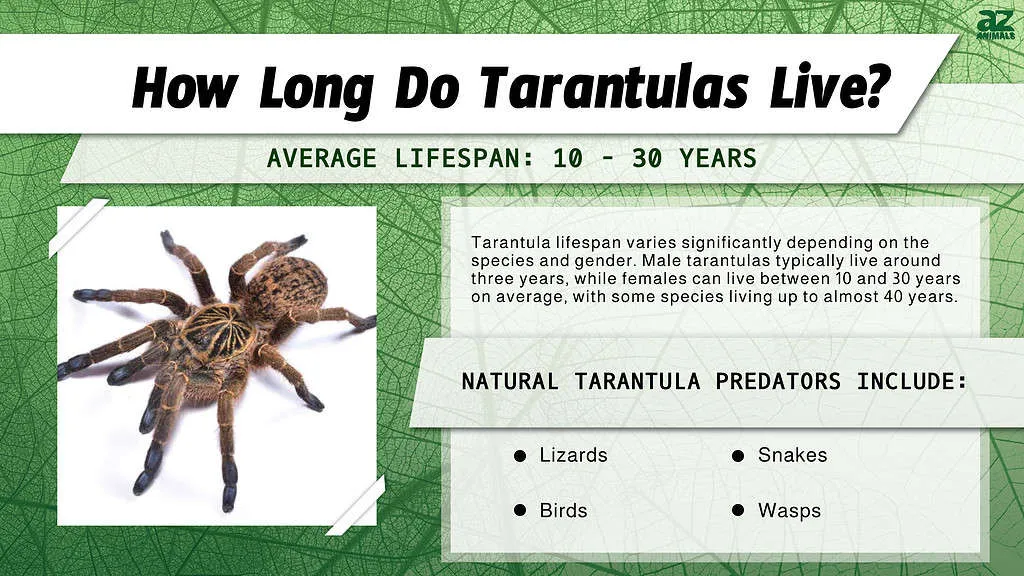The Fascinating World of Tarantulas
Tarantulas, with their impressive size and often vibrant coloration, have captivated the curiosity of people around the globe. These fascinating creatures, belonging to the Theraphosidae family, are a diverse group of arachnids, with over 900 known species. They are found in various habitats, from tropical rainforests to arid deserts, showcasing their remarkable adaptability. Their imposing appearance, marked by their hairy bodies and long legs, often leads to both fascination and fear. Understanding the life cycle of a tarantula, including its lifespan, is key to appreciating these amazing animals and providing them with the best possible care. Tarantulas are not only interesting from a biological standpoint but also pose as popular pets, which makes understanding their lifespan even more crucial.
Understanding Tarantula Lifespan
The lifespan of a tarantula is a remarkable aspect of their biology, often differing significantly from other commonly kept pets. Unlike dogs and cats, certain tarantula species can live for decades. A tarantula’s lifespan is influenced by several factors, including species, sex, diet, and environmental conditions. Generally, female tarantulas tend to live much longer than males. The average lifespan for a male tarantula is between 2 to 10 years, while females can often live for 15 to 30 years, and in some cases, even longer. Knowing what determines a tarantula’s longevity is important for anyone interested in owning one or simply curious about these unique creatures. This information aids in providing appropriate care and understanding their overall life cycle.
Factors Influencing Tarantula Lifespan
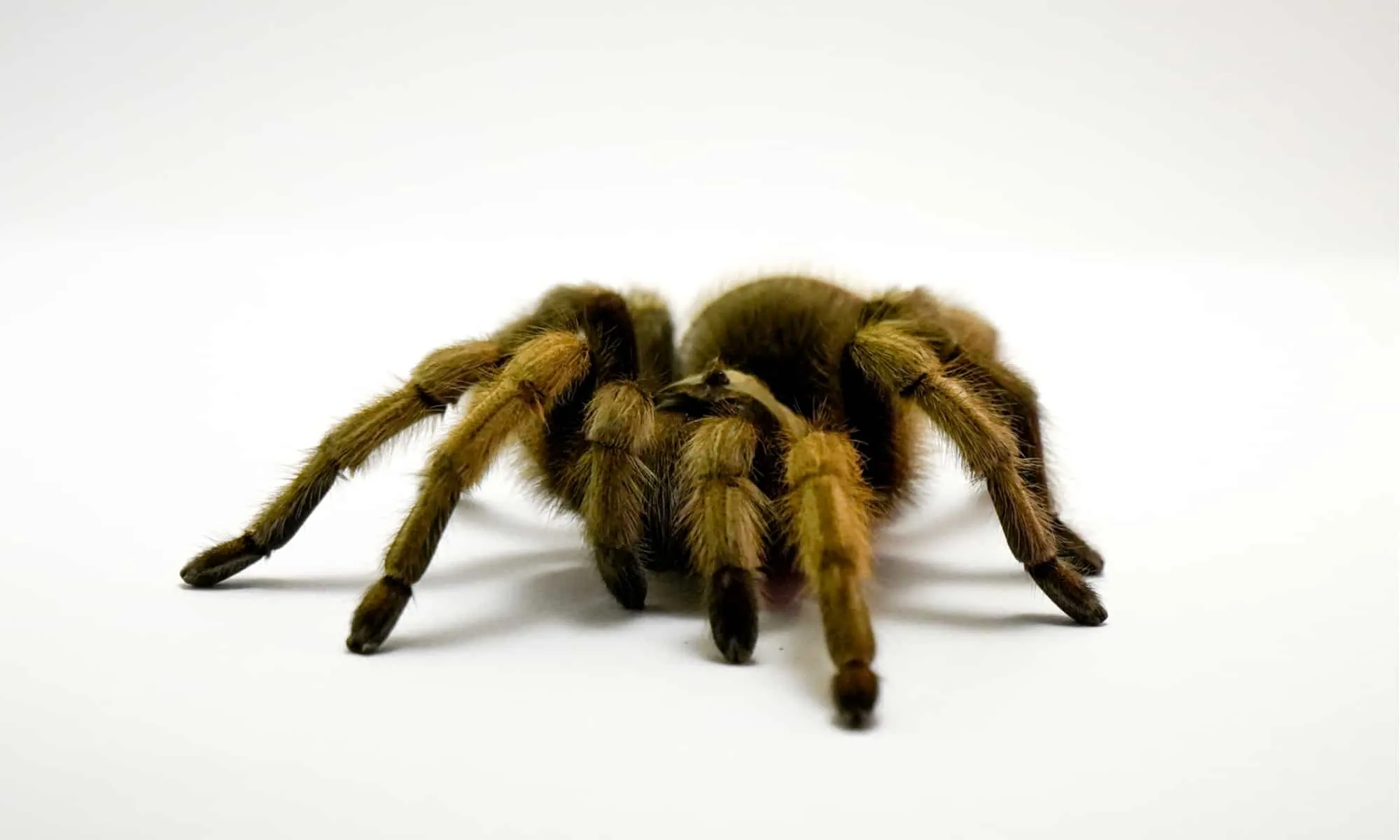
Several factors significantly affect the lifespan of tarantulas. One of the most critical is the tarantula’s species. Some species, such as the Chilean Rose Hair tarantula, are known for their relatively long lifespans. Other species might have a shorter lifespan due to various biological factors. The tarantula’s diet plays a crucial role. A balanced diet, rich in essential nutrients, ensures the tarantula remains healthy, helping to extend its life. The environment where the tarantula lives, including temperature, humidity, and the quality of its habitat, also plays a pivotal part. A stressed tarantula may have a shorter lifespan. Therefore, understanding these influences helps owners provide the best environment and care for their tarantula.
Species and Their Lifespans
The lifespan of a tarantula is not uniform across all species. The Chilean Rose Hair tarantula is known for its longevity, with females often living for over 20 years. The lifespan of a Mexican Red Knee tarantula is also notable, with females sometimes reaching 25 years or more. In contrast, certain species, especially those found in warmer climates, might have shorter lifespans. For instance, some male tarantulas from various species might only live for a few years after reaching maturity. Researching and understanding the lifespan expectations specific to your tarantula’s species is critical to provide the best care and prepare for the long-term commitment of owning a tarantula.
Male vs. Female Tarantulas Lifespan
A significant difference in lifespan exists between male and female tarantulas. Male tarantulas typically have a shorter lifespan than females. This is due to several biological factors. Males reach sexual maturity much earlier, and their primary function is to reproduce. After mating, male tarantulas often die within a year or two, or sometimes even sooner. In contrast, female tarantulas live much longer due to their reproductive role. They can live for many years after reaching maturity, and some species can live for decades. When considering tarantula ownership, understanding this difference is crucial, as it impacts the long-term commitment and care required for the pet. Females require a habitat designed for longevity.
How to Care for a Tarantula to Maximize Lifespan
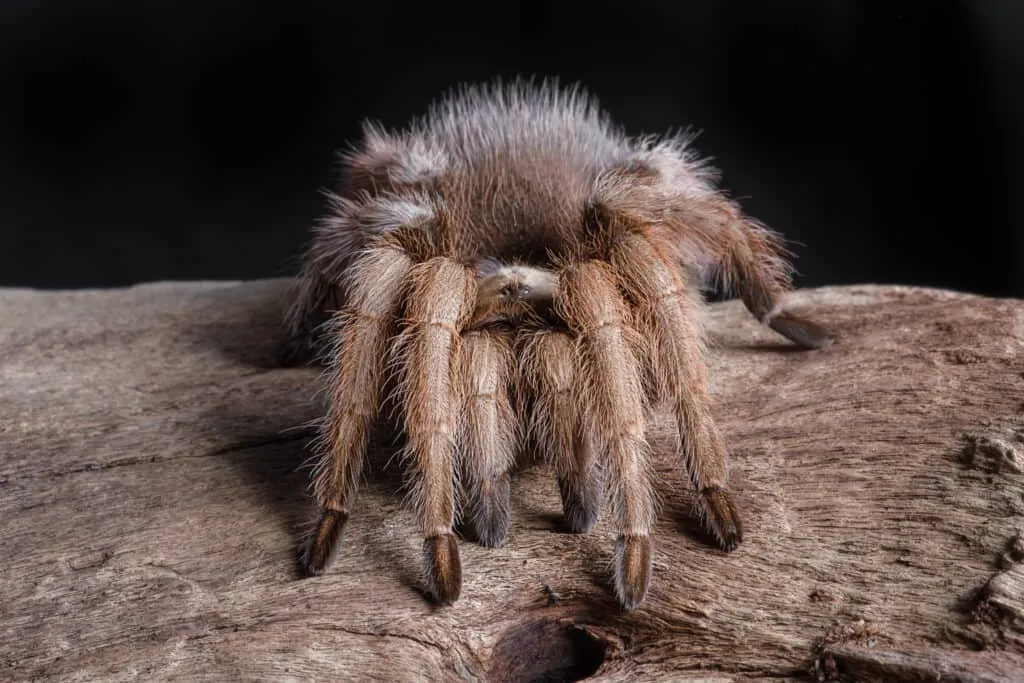
Providing excellent care is essential to maximize a tarantula’s lifespan. Creating an optimal environment, feeding them a balanced diet, and preventing health issues are some of the core elements of good tarantula care. A healthy and happy tarantula is more likely to live a long life. Proper care not only extends the lifespan of the tarantula but also improves its quality of life, allowing it to thrive in a comfortable and safe environment. By understanding these factors, tarantula owners can significantly contribute to the well-being and longevity of their pets. This includes regular monitoring, recognizing the needs of each tarantula, and adapting care routines as the tarantula grows and matures.
Creating the Right Habitat
The tarantula’s habitat plays a critical role in its overall health and longevity. The enclosure should be appropriately sized for the species, allowing for ample space to move and explore. The substrate, which is the material at the bottom of the enclosure, should be appropriate for the species, and the moisture levels need to be maintained correctly. Proper ventilation is another important aspect, preventing the buildup of harmful gases and maintaining air quality. Additionally, providing hiding places, such as cork bark or artificial plants, offers security and reduces stress. A well-designed and maintained habitat is vital for the physical and psychological well-being of the tarantula. Therefore, setting up the right environment from the start is essential for providing the best possible care.
Proper Feeding and Hydration
A balanced diet and adequate hydration are vital to a tarantula’s health and lifespan. Tarantulas are primarily insectivores, feeding on a variety of insects such as crickets, mealworms, and roaches. The frequency of feeding depends on the tarantula’s age and species. Juvenile tarantulas generally need to be fed more frequently. Water should be provided in a shallow dish or a water-filled sponge to ensure the tarantula has constant access to hydration. Overfeeding can be as detrimental as underfeeding, so monitoring your tarantula’s body condition is important. A well-nourished and hydrated tarantula is more resilient to disease and stress, which directly impacts its lifespan. Therefore, the right feeding and hydration routine is essential.
Avoiding Common Health Issues
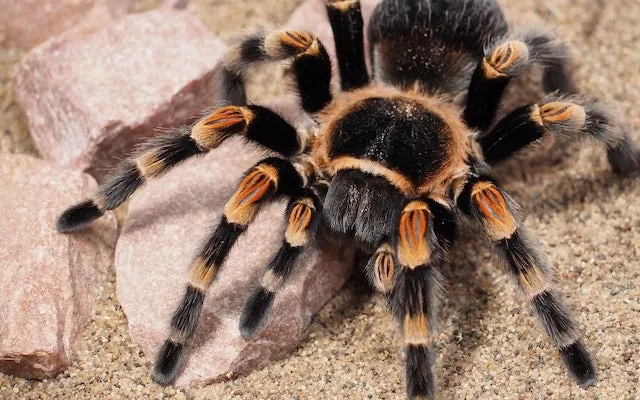
Preventing health issues is crucial in extending a tarantula’s lifespan. Maintaining a clean habitat is paramount, regularly removing any uneaten food and waste. Parasites and infections are common in tarantulas. Always quarantine new tarantulas. The right humidity levels, proper ventilation, and providing a stress-free environment helps to prevent these issues. Being vigilant about the tarantula’s behavior and appearance is very important. If a tarantula shows signs of illness, such as lethargy, loss of appetite, or unusual behavior, it is important to seek professional advice. Early detection and treatment can make a significant difference. Creating and maintaining a healthy environment reduces stress and minimizes the risk of illness, which promotes a longer and healthier life for the tarantula.
Common Misconceptions About Tarantula Lifespan
Many misconceptions exist regarding the lifespan of tarantulas. A common myth is that all tarantulas live for the same duration. However, lifespan varies significantly depending on the species and sex. Another misconception is that all tarantulas require the same level of care, leading to potential issues if specific needs are not met. Some people assume that a tarantula that molts frequently is unhealthy, while molting is a necessary part of growth. Understanding and debunking these myths is essential for tarantula owners, as it helps in providing appropriate care and setting realistic expectations. Recognizing these common misconceptions allows pet owners to make informed decisions and provide the best possible care for their tarantulas. Educating oneself about the truth of tarantula life is critical to providing the best possible care.
The Oldest Known Tarantula
The oldest known tarantula provides a fascinating example of the longevity of these creatures. The record holder was a female tarantula belonging to the genus Grammostola. This remarkable tarantula lived for an estimated 43 years. This exceptional lifespan highlights the potential for these arachnids to live for a very long time under optimal conditions. This information is both awe-inspiring and informative, helping to underscore the need for proper care and dedication from pet owners. Witnessing this record, we are reminded of the importance of providing an environment that supports the tarantula for a long and fulfilling life.
Debunking Myths
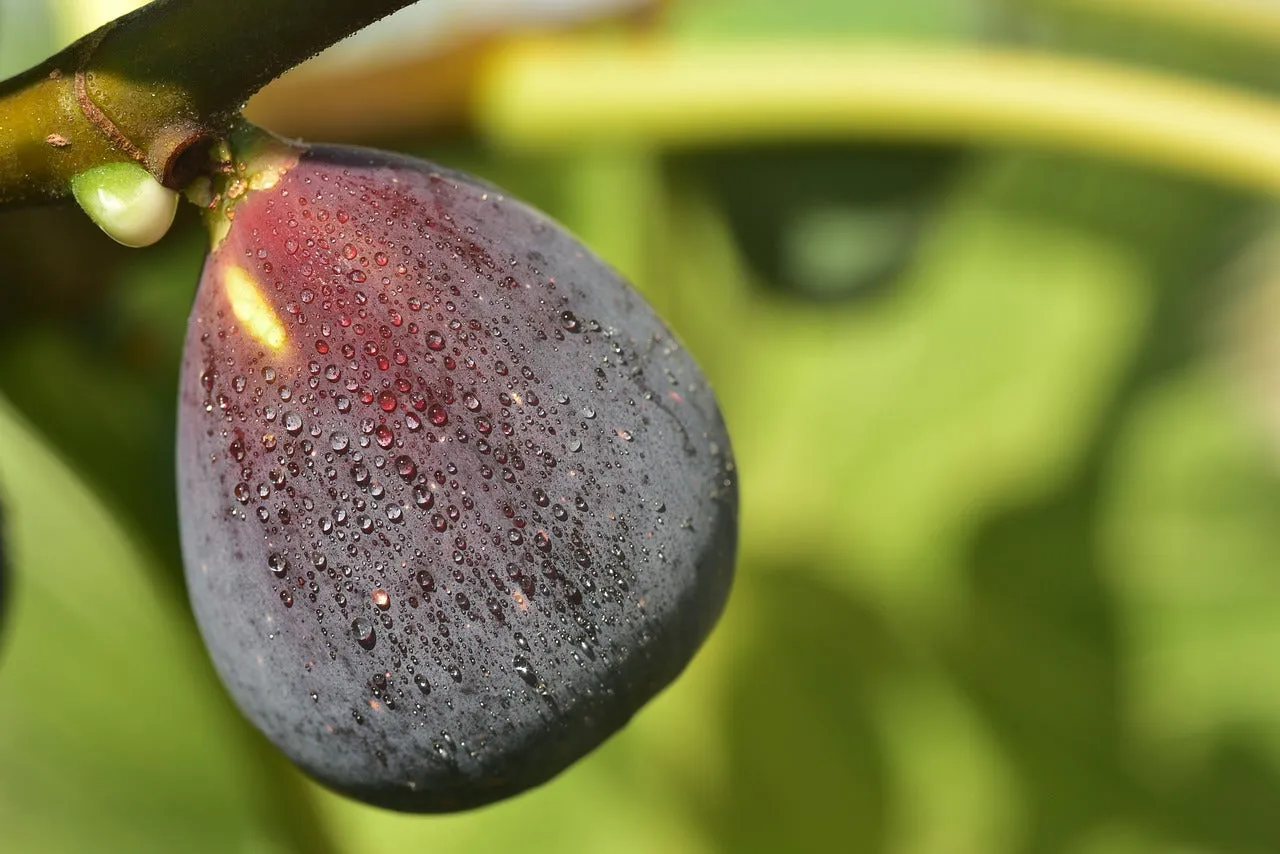
Debunking myths and misconceptions is important in the world of tarantula care. One common myth is that handling tarantulas is safe and harmless. While some tarantulas are docile, others may bite if provoked. Another myth is that all tarantulas are venomous. However, only a few tarantula species are known to have potent venom, and their bites are generally not life-threatening to humans. Understanding the correct facts and dispelling these myths helps tarantula owners to provide the best care possible and keep them safe. Education is also the best way to foster a deeper appreciation for these complex creatures and to promote responsible pet ownership. By embracing the truth about tarantulas, owners can ensure the health and safety of their pet.
Conclusion
The lifespan of a tarantula is a remarkable aspect of its biology. It depends on multiple factors including species, sex, diet, and habitat. By understanding these factors, tarantula owners can significantly contribute to the health and longevity of their pets. From providing the right habitat and a balanced diet to preventing common health issues and debunking myths, responsible care is key. The impressive potential lifespan of these arachnids, with some females living for decades, underlines the importance of a long-term commitment. Through knowledge, care, and a genuine appreciation for these amazing creatures, we can ensure they live long, healthy, and fulfilling lives. Owning a tarantula is a rewarding experience that provides joy for many years.
